“If you look at the beliefs and traditions of Celtic paganism you’ll see that there are many similarities with the Kumano area,” Eiichiro Kirimura tells me. We’re seated on tatami, steam from the shallow porcelain cups of our hojicha twisting and twirling up to the dark wood-beamed roof of the Kinan Tour Design Center, a local culture hub in the heart of Kumano City.
I’d met Kirimura-san, a former Asahi Shimbun journalist who lived in London for seven years, just that morning outside Kumano train station; me, loaded with konbini supplies for that final day’s hike through the scenic Matsumoto-toge Pass; he, impeccably dressed with a stack of newspapers on his way from the library. As the only foreigner in the small but scenic seaside town of Kumano, one of the major access points for the UNESCO-listed Kumano Kodo network of sacred pilgrimage routes, Kirimura-san had seized the opportunity to invite me for tea to tell me a story that would change the way I experienced my trip — even though it was already over.
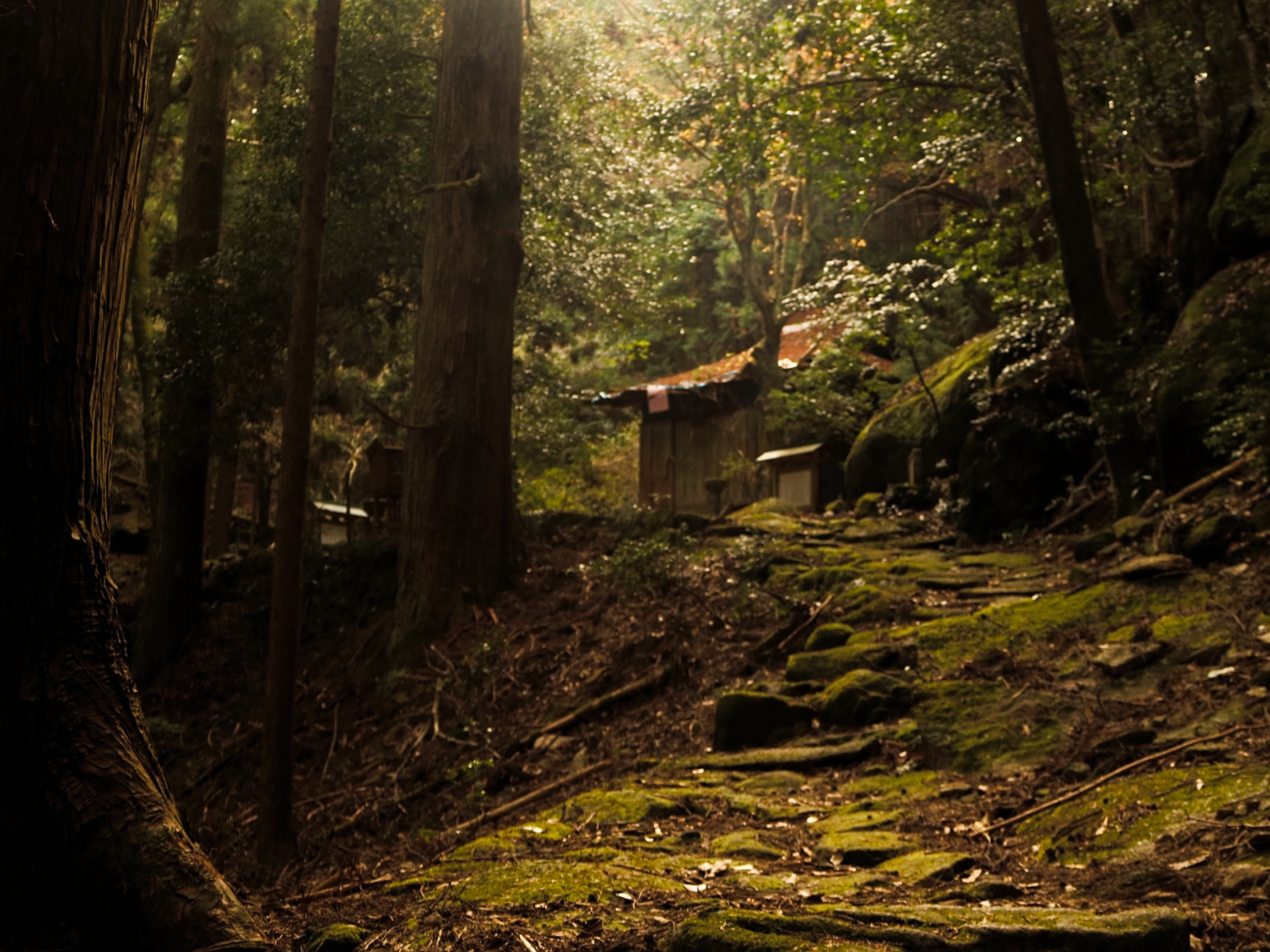
Uncharted territories
Kirimura-san had traded Tokyo and colorless corporate life several years earlier for a small village called Asuka-mura in Nara Prefecture, before settling to retire in the peaceful terraced rice fields, densely forested mountains and long stretches of unpopulated beach that make up the Higashi Kishu region in the southern part of Mie Prefecture. It’s an area that boasts a number of World Heritage sites, yet is largely overlooked by tourists. Led by guidebooks, travelers typically choose to skirt the region in favor of the surrounding historical attractions in Kyoto, Osaka and Wakayama.
But it’s here that you’ll find what is arguably the most uncharted and best-preserved route of the sacred Kumano Kodo, the UNESCO-listed network of pilgrimage paths (the other being the Camino de Santiago in Spain) that links the three religious centers of Omine Yoshino, the Kumano Sanzan and the Ise Jingu, as well as the temple-topped mountain of Koyasan.
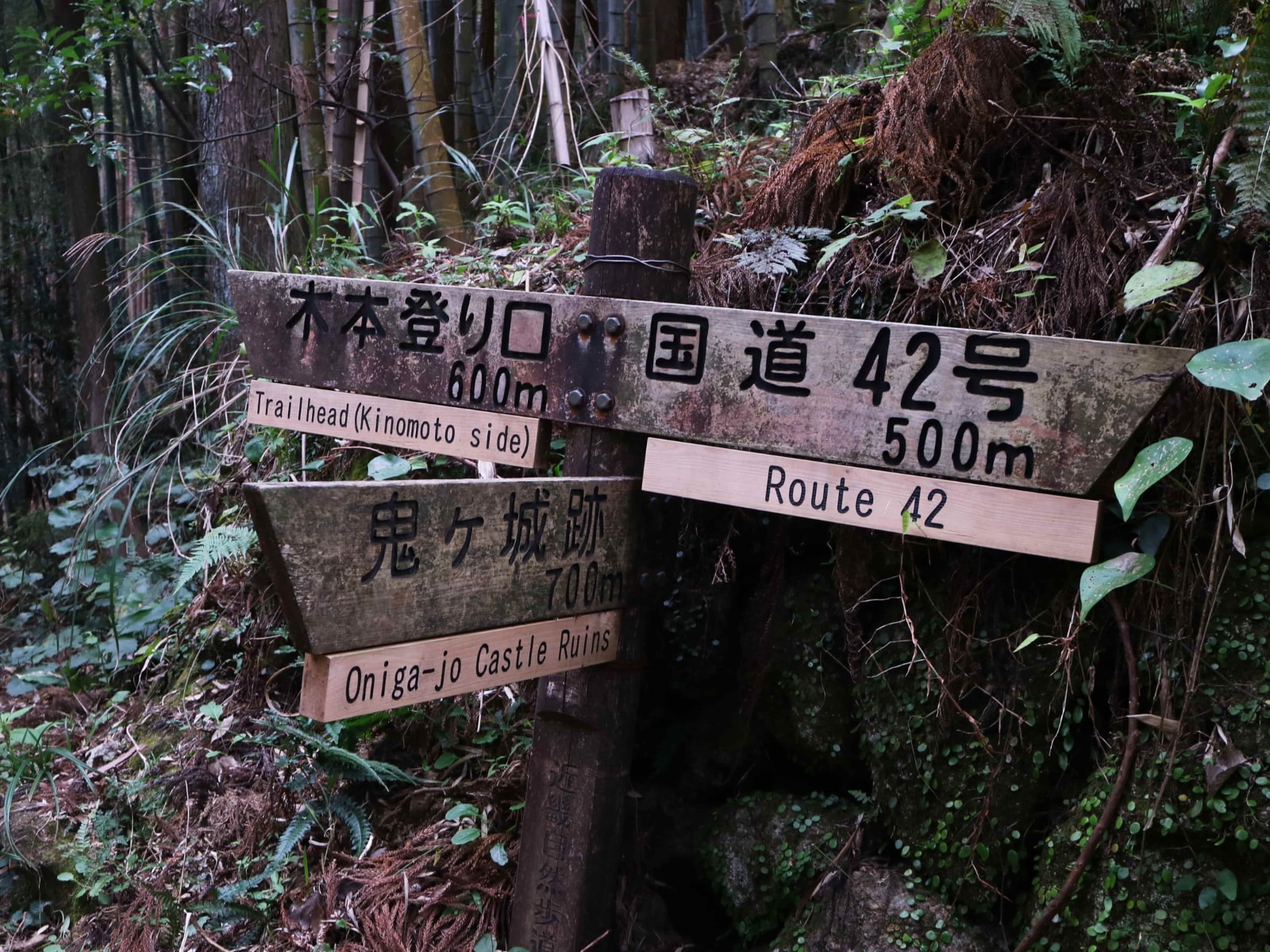
Known as the Iseji Route, Mie is home to a section of the Kumano Kodo that has hardly changed since it was first carved from the mountainside in the Heian period, retaining the old stone paths later laid during the Kamakura period and thereafter. After the Meiji Restoration, the growth of cities drew populations away from the rural towns surrounding it. Over hundreds of years, each of the 20 or so mountain and coastal passes that make up the pilgrimage were left to nature’s devices.
As a result, the Iseji Route, in its weaving and undulating entirety, has been gifted an extraordinarily cinematic aesthetic that had taken my breath away at every turn. After just three days of walking the route — an express itinerary designed to cover the highlights in less than half the time of the full hike — I had emerged bewildered and emotional.
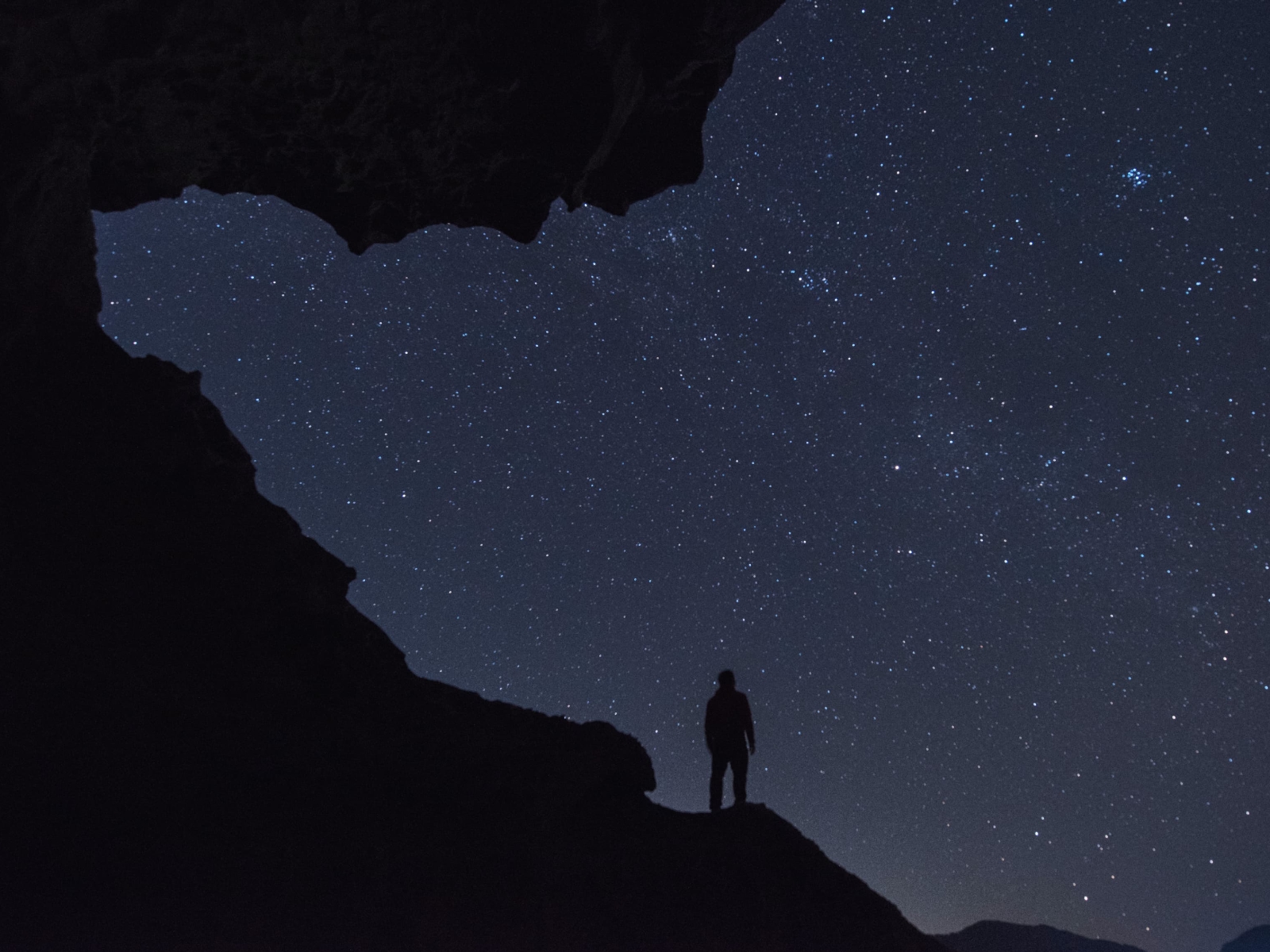
A familiar feeling
The Iseji Route is arguably the closest experience one can have to that of the original pilgrims along the Kumano Kodo. Kirimura-san told me that the path is unique as it connects the Kumano area to Japan’s holiest shrine, the Ise Jingu, where the Shintoist mother goddess of Japan, Amaterasu, is enshrined.
A rite of passage begun almost 1,200 years ago, pilgrims would have started their journey at the Ise Jingu in Ise, Mie and finished at the Three Grand Shrines of Kumano in Wakayama Prefecture — 170 kilometers of walking toward the goal of purification and prayer for paradise in the afterlife.
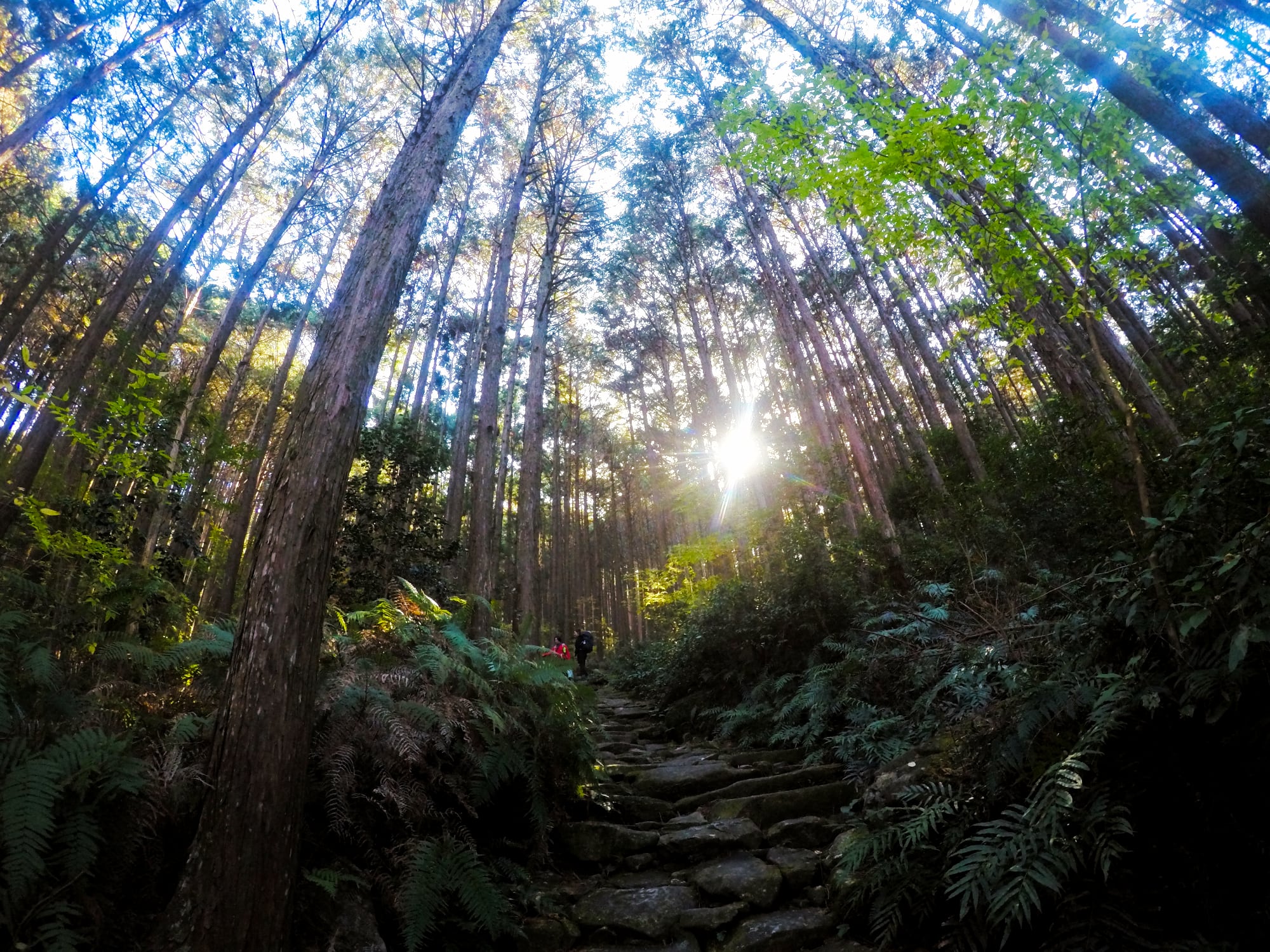
“Is there something familiar to you about it?” he asked after I’d traced my route on my battered map, my finger landing here in Kumano.
There was something I couldn’t pinpoint, but yes it felt familiar.
He pulled out a book covered with the sign of the Kumano Sanzan, a three-legged crow, and iconography of a Celtic goddess that looked strikingly alike. The title of the book was "From the Celtic Isles to Kumano" and Kirimura-san had written it himself, based on his own travel to the British Isles and extensive knowledge honed during his tenure as a visiting professor at Kobe University.
Through his research, he’d found that there were uncanny parallels between Celtic and Kumano cultures. Both based around primal religions, similar characteristics exist between the two in the worshipping of kami, shamanism, agricultural and fertility rites and paying homage to the seasons.
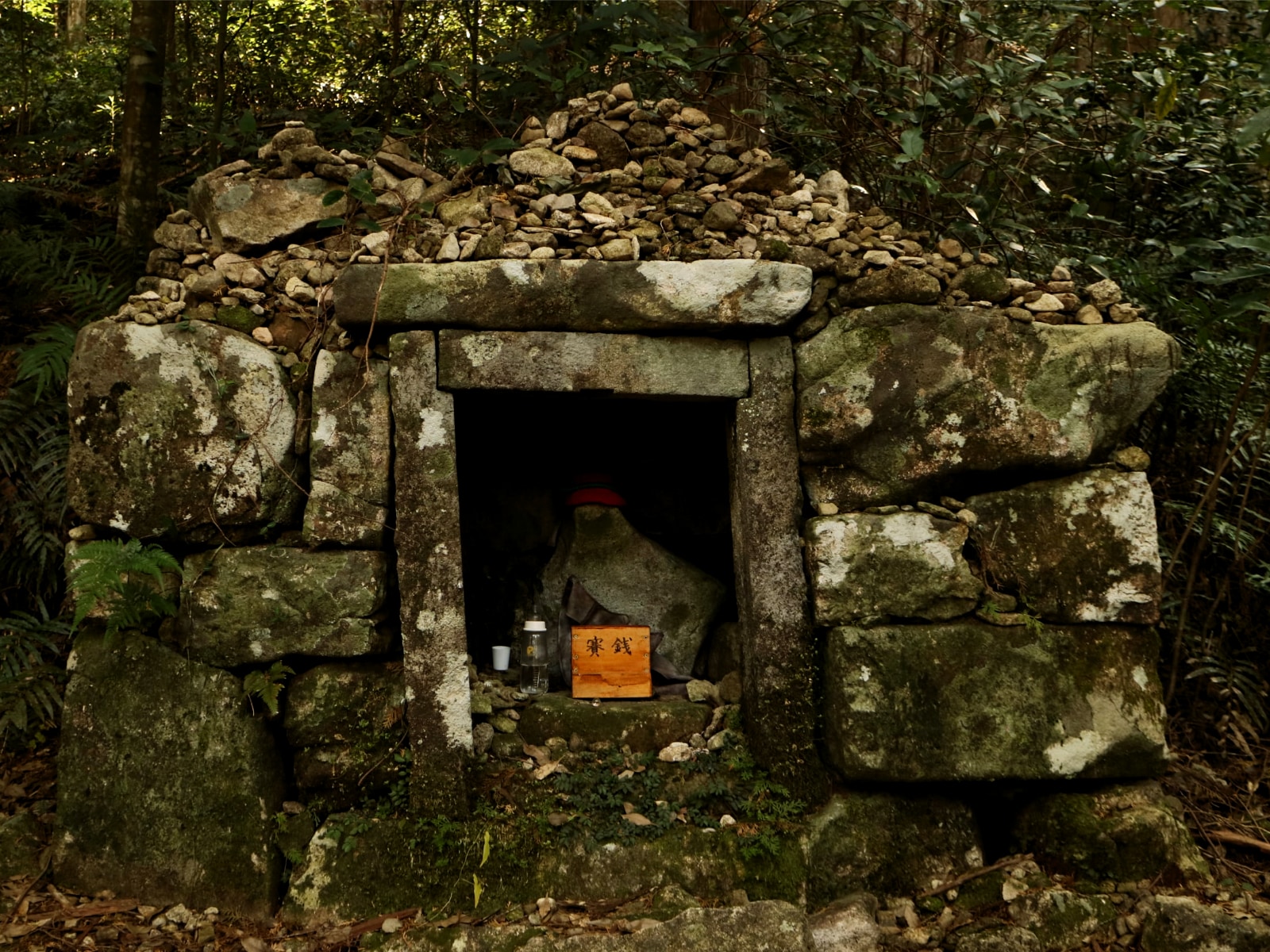
Research has shown how in Britain, decorated bronze mirrors were imbued with spiritual power. In Japan, bronze mirrors can sometimes be found at the altar of Shinto shrines; the Yata-no-Kagami, one of Japan’s imperial treasures, is seen as a sacred relic in which Amaterasu resides. It is kept hidden inside the Ise Jingu.
“It’s extraordinary to think that similar beliefs and ideas were held by people on opposite sides of the Eurasian continent, ” he said.
Understanding ancestors
The connection struck a chord. Walking these holy paths in complete isolation and silence, sometimes for hours on end, you get a very surreal sense of the ancient past; of the births of civilizations and everything that has come before and will come after you’re gone. It was a similar experience to visiting Stonehenge or seeing the Giant’s Causeway in Northern Ireland — the feeling that you are looking at a sign from a world that is unfathomable yet strangely familiar.

And it was true that the moss-lined steps, boulders smoothed over by some of the country’s heaviest rainfall, and the haunting tree tunnels reminded me of forests I’d trek through as a kid back home. That same day, after leaving the Matsumoto-toge Pass, I’d visited Oniga-jo, a 1.2-kilometer rock wall formed like a mouth roaring out to sea that made me think of Fingal’s Cave on the Inner Hebrides. Nearby, the Shishi Iwa or “Lion Rock,” to me looked more like an eagle — spotted once on a camping trip in the Scottish Highlands but now perched in limestone form on the edge of a pristine silver beach.
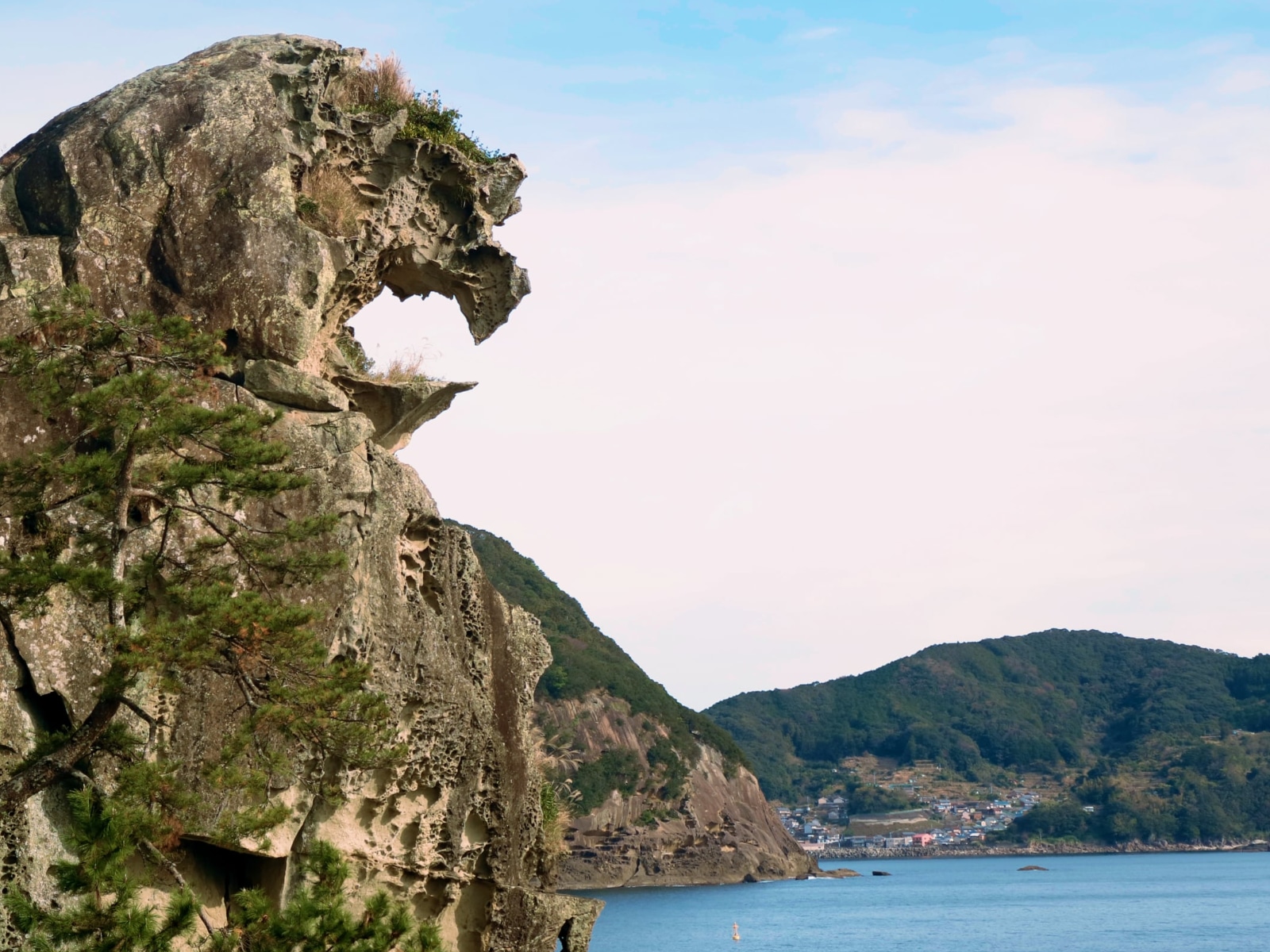
“When you look at the nature that lives along the Iseji Route, it’s easy to understand the worship patterns and beliefs of our ancestors,” said Kirimura-san, his eyes twinkling.
Yes. I had understood it when I had crossed paths with laughing jizo statues with knitted red hats, planted there to motivate pilgrims along their journey; and when I came across a small shrine in a clearing that marked the training ground of a yamabushi (mountain ascetic); and when I saw the sun pierce through the hinoki trees to light the way.
Saying goodbye to Kirimura-san back at the station, I thought of the stories that we tell, how they shape our individual experience and at the same time reveal how that experience is universal. Being able to view my trip in the context of a history that was directly related to me, or at least to who I think are my ancestors, made it far more impactful — so much so that I teared up on the train back to Tokyo. It was cliche but completely evident: life was all connected, and people each inextricably linked to one another.
Out of all my travel in Japan, the four days of hiking the Iseji Route is one trip that will stand out the most for being both familiar and unique — a story that is one of many but is also mine.
How to hike the Kumano Kodo Iseji Route
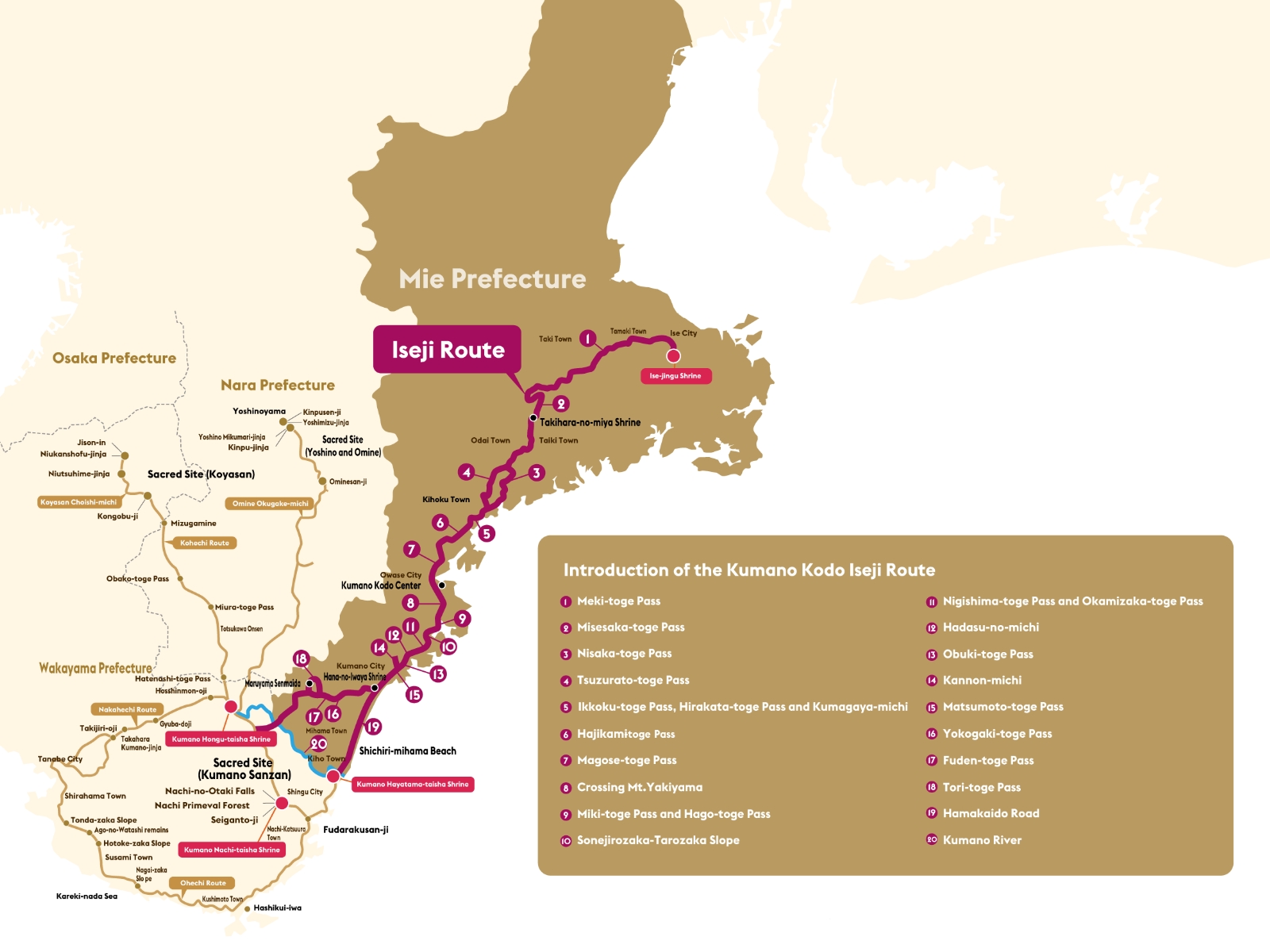
To hike the traditional 170-kilometer route from the Ise Jingu to the Hayatama Taisha takes around two weeks. I only had four days, so I skipped the Ise Jingu (having been there before) and started from the Magose-toge Pass in Kihoku Town, finishing in Kumano City. For half a day, I also drove to see some of the other attractions in the area, including Shichrimihama Beach and Hisetsu Falls in Kiho Town.
Itinerary ideas can be found on www.kodo.pref.mie.lg.jp/blog/en. This Kumano Kodo Iseji Navigator links a description of each of the routes to Google maps making it useful as a navigator, too.
Things to know
- The best time to go is between December and April (avoiding the rainy season in June, and humidity and mosquitoes in the summer months).
- The Iseji Route is not a thru-hike. You’ll be getting on and off the mountain and coastal paths as you go, staying overnight in the towns along the way.
- Each of the hikes varies in difficulty, from very easy to hard. Still, even the most challenging is doable for someone with an average level of fitness (e.g. able to jog 5K). You can do as many hikes in one day as time and energy allow.
- Each of the hikes is marked with wooden poles that list emergency numbers. Some of the pass names are written in Japanese and English, while others only in Japanese. Make sure to bring a map with the translations of the kanji for passes you will be hiking.
- You’ll need all-rounder gear for day hiking, plus clothes and toiletries for your overnight stay.
- There are other activities aside from hiking in the area. Be sure to check in with tourist information at each stop. The Kumano Kodo Center is a must-see for the beautiful wooden architecture alone (Incidentally, Kirimura-san is a director there.)
How to get there
The main access points in Higashi Kishu are Kii Nagashima station, Owase station, and Kumanoshi station. All three are served by the high-speed JR Limited Express Wideview Nanki train via Nagoya (if you’re coming from Tokyo) or Matsusaka station (if you are coming from Kyoto or Osaka).
The further south along the Iseji Route you go, the harder it is to get around with public transport. There are some buses but they are infrequent. However, since the towns are located fairly close to each other, you can always get from pass to pass on foot. For transport information in and around the Iseji Route, it’s best to refer to each of the town’s own tourism websites or ask at the local Tourist Information Center when you're there.
 Take our user survey and make your voice heard.
Take our user survey and make your voice heard.
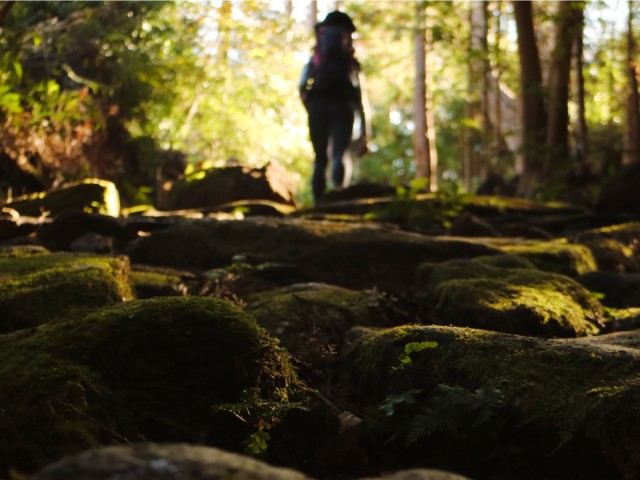












No Comment
Login to comment